From A to B: Your Ultimate Moving Handbook
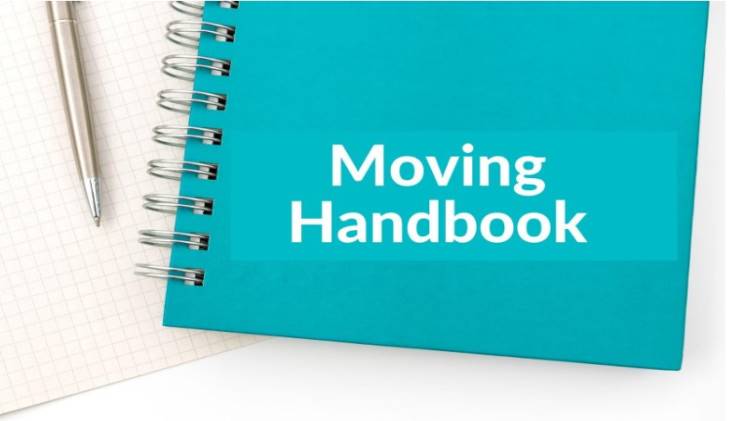
Whether you’re relocating to a new city, downsizing to a smaller home, or upgrading to a larger space, the process of moving requires careful planning and organisation.
In this ultimate moving handbook, we will guide you through each step of the moving process, offering valuable tips and advice to make your move as smooth and stress-free as possible. So grab a pen and paper, and let’s get started on your journey from A to B!
Preparing for the Move
Create a moving checklist
Start by making a comprehensive checklist of all the tasks you need to accomplish before, during, and after the move. This will help you stay organised and ensure nothing is overlooked.
Before the move, there are several important tasks to complete. Begin by notifying your landlord or real estate agent about your decision to move, and if applicable, give the required notice period. If you own your current home, contact a real estate agent to list it for sale or rent. Additionally, start decluttering and organising your belongings. Sort through each room and decide which items to keep, donate, sell, or discard.
Next, arrange for moving supplies such as boxes, bubble wrap, packing tape, and labels. Create an inventory of your belongings and start packing non-essential items early on to avoid last-minute rush. Notify your utility providers (electricity, water, gas, internet, etc.) about your move and schedule disconnection or transfer of services accordingly. Don’t forget to update your address with the post office, banks, insurance companies, and any subscriptions you may have.
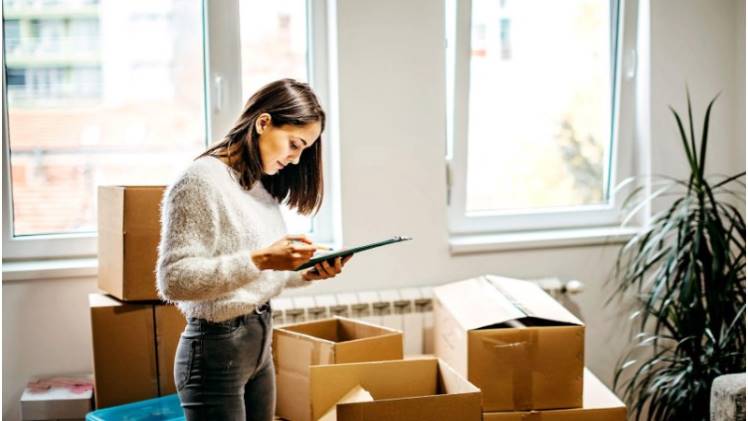
During the move, ensure that you have hired a reliable moving company or make arrangements for renting a moving truck. Keep important documents such as identification papers, passports, and financial records in a safe and easily accessible place. Pack a bag with essentials like toiletries, clothes, and important documents to carry with you during the move.
After the move, there are several tasks to tackle. Start by unpacking the essential items and setting up your new home. Update your address with the necessary authorities, including government agencies, DMV, and voter registration. Familiarise yourself with the new neighborhood by locating nearby facilities such as grocery stores, healthcare providers, schools, and recreational areas.
Declutter and organise
Decluttering and organising your belongings before a move is a crucial step in ensuring a smooth and efficient transition to your new home. Taking the time to go through your items and eliminate unnecessary clutter not only reduces the number of things you need to pack but also helps create a fresh start in your new space. Here’s a comprehensive guide to decluttering and organising before packing.
Start by tackling one room at a time. Begin with areas that tend to accumulate the most clutter, such as closets, basements, or attics. Take a systematic approach by going through each item and deciding whether to keep, donate, sell, or discard it. Consider the last time you used or wore each item and assess its value and significance in your life.
For items in good condition that you no longer need, consider donating them to local charities or organisations. Many non-profit groups gladly accept gently used clothing, furniture, books, and household items. You can also organise a garage sale or use online platforms to sell items that still hold value. Remember to dispose of any unusable or damaged items responsibly, recycling or discarding them in accordance with local regulations.
As you declutter, categorise your remaining items into groups such as clothing, kitchenware, electronics, and personal mementos. This will make packing and unpacking easier and help you locate specific items when you settle into your new home. Consider investing in storage solutions such as bins, baskets, or drawer dividers to keep similar items together.
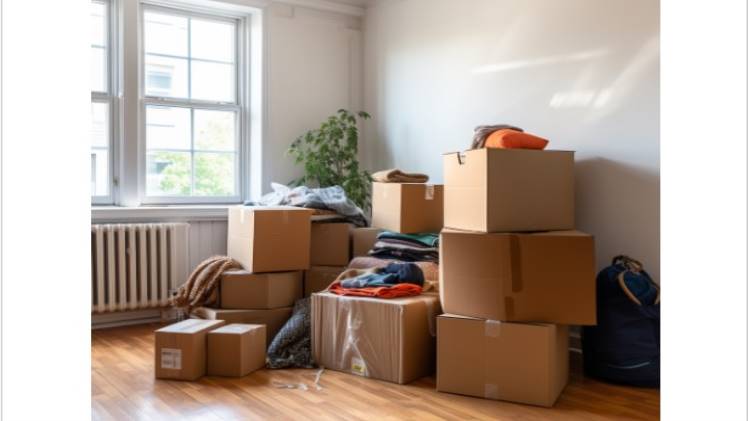
While sorting through your belongings, create a detailed inventory list. This will serve as a reference during the packing and unpacking process, ensuring that nothing gets misplaced or forgotten. Label each box with its contents and the room it belongs to, making it easier to direct movers or locate specific items later.
Additionally, take this opportunity to digitise important documents and photos. Scan important paperwork and save them securely on a hard drive or cloud storage. This not only reduces physical clutter but also provides a backup in case of loss or damage.
Remember, decluttering and organising are ongoing processes. Stay focused and set realistic goals each day or week leading up to your move. Enlist the help of family members or friends if needed, as an extra pair of hands can make the process more efficient and enjoyable.
Hiring Professionals or Going DIY
When it comes to moving, one of the most important decisions you’ll need to make is whether to hire professional removalist or go the do-it-yourself (DIY) route. To make an informed choice, it’s crucial to evaluate your needs and consider several factors, including the distance of your move, the amount of belongings you have, and your budget.
Start by assessing the scale and complexity of your move. If you’re moving locally or within a short distance, and you have a minimal amount of furniture and possessions, you might feel confident in handling the move yourself.
DIY moves can save you money, especially if you can enlist the help of family and friends and have access to a suitable vehicle for transportation. However, keep in mind that a DIY move requires careful planning, physical effort, and time investment on your part.

On the other hand, if you’re moving long-distance or have a significant amount of furniture and belongings, hiring professional movers is often the recommended choice. Professional movers have the experience, equipment, and manpower to handle all aspects of the move efficiently and safely. They can provide packing materials, expertly pack your belongings, load and unload heavy items, and even offer insurance to protect your possessions during transit.
When considering professional movers, it’s essential to research reputable moving companies in your area. Read online reviews and testimonials from previous customers to gain insights into their reliability, professionalism, and customer service. Compare prices from multiple moving companies, and request detailed quotes that outline the services they offer. Pay attention to what is included in the price, such as packing, disassembly, transportation, and unpacking.
During your research, consider factors such as the company’s experience, licensing, and insurance coverage. Look for movers that have a good track record and are properly insured to provide protection for your belongings. If you have specific requirements, such as moving valuable or fragile items, ensure the moving company has the expertise and resources to handle them appropriately.
When you’ve found a few potential moving companies, contact them to discuss your needs in detail. This will allow you to assess their professionalism and customer service firsthand. Ask any questions you have regarding their process, timelines, and any additional services they offer.
By evaluating your needs and researching reputable moving companies, you can make an informed decision on whether to hire professionals or tackle the move yourself. Remember to consider factors such as the distance of your move, the amount of belongings you have, and your budget. Ultimately, the goal is to ensure a smooth and successful transition to your new home.
Packing and Labeling
To ensure an organised and efficient packing process, follow these tips for packing and labeling your belongings. Start by gathering all the necessary supplies before you begin packing. Stock up on sturdy boxes in various sizes, packing tape, bubble wrap, and markers for labeling. Additionally, consider using blankets, towels, and clothing to wrap and protect fragile items.
To maintain order and make unpacking easier, pack one room at a time. Start with less frequently used areas and gradually move to essential spaces. As you pack, label each box clearly with its contents and the room it belongs to. This labeling system will help movers or yourself know where each box should be placed in your new home, making the unpacking process much smoother.
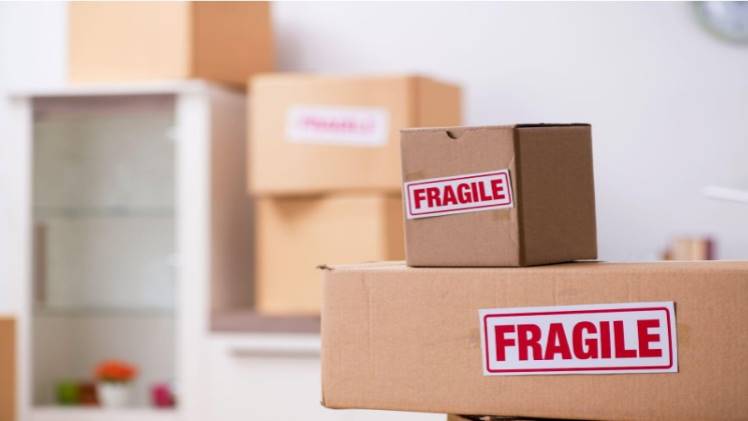
When packing, remember to use proper techniques to protect your belongings during the move. Utilise bubble wrap or other cushioning materials to safeguard fragile items. Pack heavier items at the bottom of the boxes and place lighter ones on top. This helps maintain stability and reduces the risk of damage. Fill any empty spaces in the boxes with packing material to prevent shifting and potential damage during transportation.
As you prepare for the move, set aside a separate box or bag containing essential items that you’ll need immediately upon arrival at your new home. Include toiletries, a change of clothes, important documents (such as IDs, passports, and medical records), chargers, and basic kitchen items like utensils and plates. Keep this box easily accessible during the move so that you can retrieve these essential items without having to unpack everything at once.
Notify Important Parties
When moving to a new home, it’s essential to notify important parties of your address change. Start by contacting the post office to update your address and ensure your mail is forwarded to the new location. Notify your bank, credit card companies, and other financial institutions to update your contact information.
Arrange for the transfer or cancellation of utilities such as electricity, gas, water, internet, and cable services. Contact each utility provider well in advance to schedule disconnection or transfer to your new address.
Don’t forget to update your address with magazine subscriptions, online retailers, and other services you use regularly. This ensures that your subscriptions continue smoothly, and any online orders are delivered to the correct address.
Moving Day
On moving day, it’s important to be present and actively supervise the process, especially if you hired professional movers. Stay available to answer any questions they may have and provide necessary instructions regarding the handling and placement of your belongings. Keeping an inventory of your items can also help ensure that everything is accounted for during the move.
To protect your new home from potential damage, take precautions. Lay down protective coverings on the floor, such as drop cloths or plastic sheeting, to prevent scratches, scuffs, or stains caused by foot traffic or moving equipment. Consider using corner guards or padding to safeguard walls and furniture from accidental bumps or scratches during the moving process. These simple measures can go a long way in maintaining the condition of your new home.
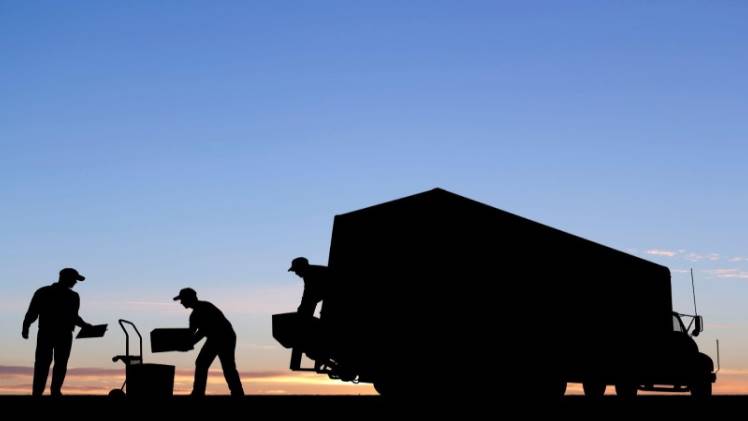
If you’re doing the move yourself, enlist the help of friends or family members to make the process more efficient and manageable. Clearly communicate the plan and tasks to everyone involved to ensure a coordinated effort. Keep in mind any safety guidelines or precautions necessary when moving heavy or bulky items.
By actively supervising the moving process and taking steps to protect your new home, you can contribute to a smooth and successful moving day. Remember to maintain open communication with the movers, provide guidance as needed, and prioritise the safety and preservation of your belongings and your new living space.
Settling In
When settling into your new home, it’s important to prioritise and take a systematic approach to unpacking and adjusting to your new surroundings. Here are some tips to help you settle in smoothly:
Start by unpacking the essentials box you prepared earlier. This box contains items you’ll need immediately, such as toiletries, a change of clothes, important documents, and basic kitchen items. Setting up your bed, bathroom, and kitchen will ensure that you have a comfortable first night in your new home.
Unpack gradually, tackling one room at a time. Focus on the most essential areas first, such as the living room and kitchen. Unpacking room by room allows you to stay organised and gives you a sense of progress. Take breaks as needed and give yourself time to adjust to your new surroundings. Moving can be physically and emotionally exhausting, so be kind to yourself and take it at a pace that feels comfortable.

While settling in, take a break from unpacking and explore your new neighborhood. Go for a walk or drive around to familiarise yourself with the area. Locate nearby amenities such as grocery stores, pharmacies, and parks. Introduce yourself to your new neighbors if you have the opportunity. Exploring your neighborhood will help you feel more connected and create a sense of belonging in your new community.
Remember, settling in takes time, so be patient with yourself during this transition period. Unpack thoughtfully, take breaks when needed, and make an effort to explore and embrace your new surroundings. Before you know it, your new house will feel like home.
Conclusion:
Moving can be a challenging process, but with careful planning and organisation, it can also be an exciting new chapter in your life. By following the steps outlined in this ultimate moving handbook, you’ll be well-prepared to tackle the challenges and make your move as seamless as possible.
Remember to stay positive, take breaks when needed, and celebrate the milestones along the way. Good luck with your move from A to B!
Looking For Removalists in Sydney?
By seeking assistance from reputable professionals such as the experienced team at Six Brothers Removalist in Sydney, you can rest assured that your valuable belongings will be treated with the utmost care and precision. Their expertise guarantees that your items will be handled safely and with the attention they deserve, offering you peace of mind throughout the entire moving process.




